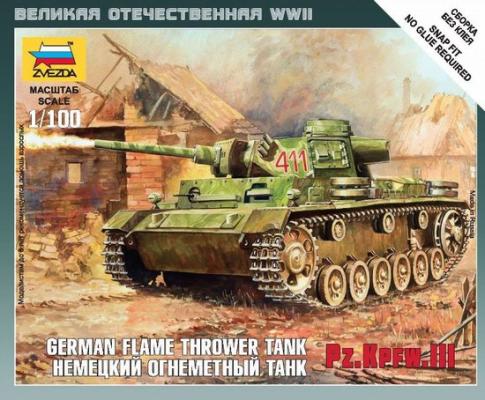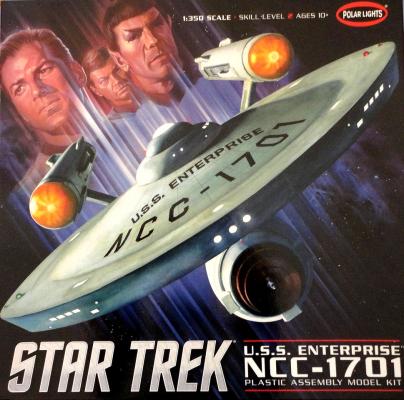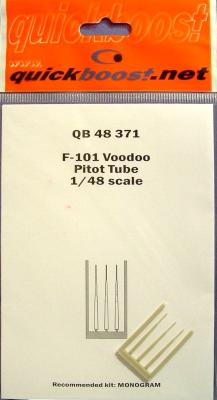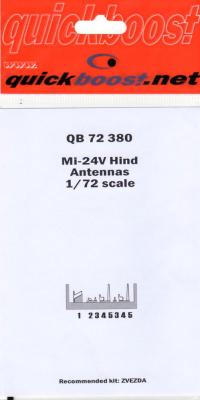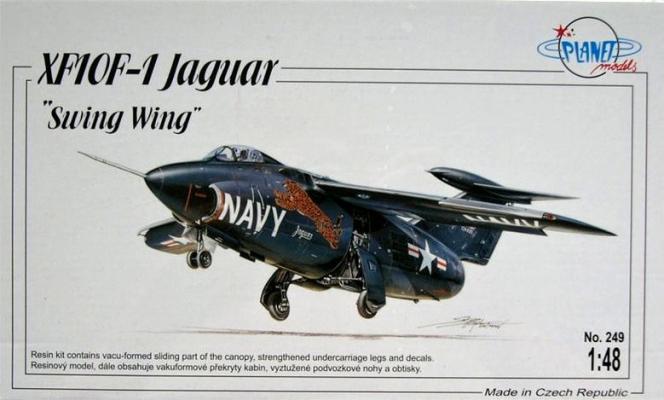Scaled for the ART OF TACTIC games, Zvezda has created another niche for the plastic modeler. Nine parts make up the tiny tank, ten if you add the game flag. All the parts are nicely detailed and the overall fit is pretty good. My only gripe would be the sprue connections could have been more user-friendly. I will point out that during construction I did use glue, just to tighten up the seams; maybe the typical gamer would not be bothered by this, but, as a typical modeler, it bothered me…but not a big deal. I spent around 30 minutes on the build before it went to the paint shop. Also included in the box is a game flag (to be attached to the tank) and game card. There are no decals or painting charts provided with the kit.
Welcome to the IPMS/USA Reviews site!
Introduction: The primary organization of the IPMS/USA Review website is by IPMS/USA National Contest Class. Within each Class there are sub-menus by kits, decals, books, etc. The Miscellaneous Class is for items that are not class specific or that cross two or more classes.
IPMS/USA Members: We encourage you to submit reviews, both here and to the Journal. To volunteer for membership in the IPMS/USA "Reviewers Corps" and submit your own reviews, please read the Guidelines For Submitting Product Reviews.
Manufacturers, publishers, and other industry members: IPMS/USA is pleased to offer your company the opportunity for product reviews. All product reviews are performed by IPMS/USA members, and are posted in the publicly-accessible section of our website. With very few exceptions, we perform full build reviews of new kit releases, aftermarket products, and supplies. If you would care to provide product samples for review, please contact John Noack, IPMS/USA 1st VP.
To learn more about IPMS/USA, please see our About Us page.
“Space, the final frontier…” The thrill that my friends and I felt that evening in September of 1966 for the premier of Star Trek on NBC (we were all of 11 or 12 years old) is still resonant in my mind. How cool was that new spaceship named Enterprise with its saucer-shaped main hull and cylindrical appendages – like nothing that we had ever seen before. To this day, I am still blown away by all that Star Trek technology and the original series is still tops in my book. So you can imagine my anticipation and delight upon hearing of this new 1:350 kit from Polar Lights of the U.S.S. Enterprise from the original series. Sure, we had the refit in 1:350, and even the NX-01, but c’mon, what’s life without Captain Kirk’s original mount in that same big scale? But enough of all that memory lane stuff, let’s take a look at this kit and see how my anticipation and delight have fallen short and been fulfilled.
Prominent on the nose of the F-101 Voodoo is a large pitot tube, which in 1/48 scale extends 1 1/16 inches (27mm). From a modeling perspective, such a large pitot presents several challenges. First, you hope that the part is not bent, broken, or molded out of round. Surviving that, you then need to remove the mold lines and ensure that the cross-section is round. Lastly, such a large pitot tube becomes a transportation liability during model shows and displays. This Quickboost product provides a safety net to the modeler who has had difficulty with any of these issues with the Monogram/Revell Voodoo kit.
The Mi-24V Hind E is the prime Russian attack helicopter. This variant entered production in 1976 and has become known worldwide for its effectiveness. Variants remain in operation in many countries around the world and, I believe, some variants are still in production. The Russian scale plastic model company, Zvezda, offers an excellent kit of the Mi-24V, as well as the earlier Mi-24A and the later Mi-35. One notable feature of the aircraft and the kits is a variety of exterior antennas. This offering from Quickboost provides a number of these antennas, finely molded in resin and much more petite than is possible with injection molded plastic.
Everyone knows the F-14D Tomcat and its swing wing design – Top Gun locked that down to the general public. Before the F-14 was built, Grumman produced the XF10F Jaguar, which was the world’s first swing wing fighter. Never heard of it? Me, either, until Planet Models produced a resin kit of it. One reason it never became famous is that only one was ever produced (although a second was started) and, like many early jets, it suffered from being…well, underpowered. Add that to the weird cantilever tail and the other problems, and the plane ended up being a test bed for swing wings, and I can say that lots of good information was learned and ended up in the F-111 and F-14. If you want to see one today, you can’t. Both of them were destroyed, so we have a model left to bring us that part of history.











